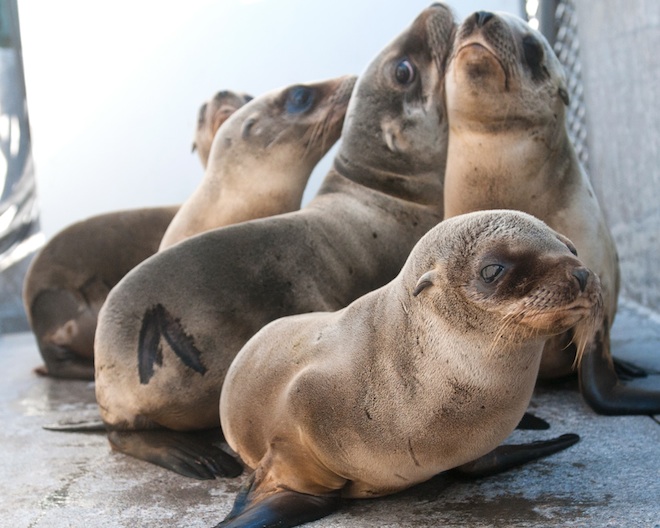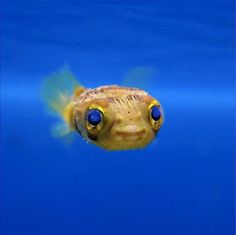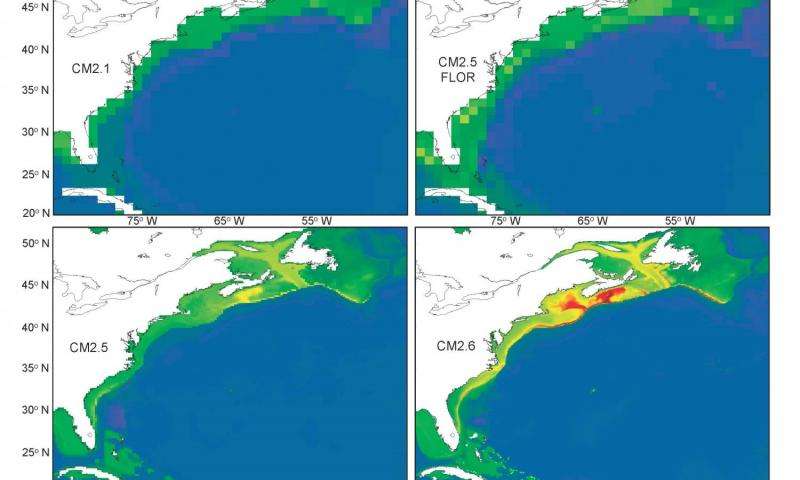 This year the Pacific Marine Mammal Center in Laguna Beach rescued a record-setting 534 sea lions. Every year, 99.8% of the U.S sea lion population breeds in their rookeries on the Channel Islands. The rest of the year is spent foraging for food. This year, El Nino has impacted sardine and anchovy populations which are critical items to sea lions’ food supply. The population flux of both of these fish populations have impacted the reproductive rates of sea lions. Sea lions are now being found ashore because they are foraging for food in an empty ocean and become disoriented, emaciated, and starving. Although humans are supporting the recovery of these sea lion pups, we may just be providing a band aid to a much larger ecosystem issue. Read more…
This year the Pacific Marine Mammal Center in Laguna Beach rescued a record-setting 534 sea lions. Every year, 99.8% of the U.S sea lion population breeds in their rookeries on the Channel Islands. The rest of the year is spent foraging for food. This year, El Nino has impacted sardine and anchovy populations which are critical items to sea lions’ food supply. The population flux of both of these fish populations have impacted the reproductive rates of sea lions. Sea lions are now being found ashore because they are foraging for food in an empty ocean and become disoriented, emaciated, and starving. Although humans are supporting the recovery of these sea lion pups, we may just be providing a band aid to a much larger ecosystem issue. Read more…
 Here at Sea Save, we love sharks! Each and every one of them! Thanks to new footage by an undersea drone, we get to learn some additional hunting behaviors of the great white shark. The behavior captured by the drone cameras supports the idea that white sharks dive down as far as 200 meters in order to use light to their advantage. Some sharks had different reaction to the drone and, instead of biting, gave the UAV an aggressive nudge with their snout. To read the full symposium paper published in Journal of Fish Biology click here… Read a synopsis from The Guardian here…
Here at Sea Save, we love sharks! Each and every one of them! Thanks to new footage by an undersea drone, we get to learn some additional hunting behaviors of the great white shark. The behavior captured by the drone cameras supports the idea that white sharks dive down as far as 200 meters in order to use light to their advantage. Some sharks had different reaction to the drone and, instead of biting, gave the UAV an aggressive nudge with their snout. To read the full symposium paper published in Journal of Fish Biology click here… Read a synopsis from The Guardian here…
 This week, an article was published in the journal Biology Letters that revealed how ocean acidification can disorient larval fish and alter marine soundscapes. According to the study co-author, Sir Ivan Nagelkerken, “along with chemical and other cues, because of sound’s ability to travel long distances underwater, it is used as a navigational beacon by marine animals, particularly larvae”. As ocean acidification increases, kelp forests may be replaced by turf algae which introduces animals like shrimp who produce sounds. Although ocean acidification is known to increase the size of fish ear bones and potentially increase the hearing range of larval fish, the hearing was reared in future carbon dioxide levels. Read more…
This week, an article was published in the journal Biology Letters that revealed how ocean acidification can disorient larval fish and alter marine soundscapes. According to the study co-author, Sir Ivan Nagelkerken, “along with chemical and other cues, because of sound’s ability to travel long distances underwater, it is used as a navigational beacon by marine animals, particularly larvae”. As ocean acidification increases, kelp forests may be replaced by turf algae which introduces animals like shrimp who produce sounds. Although ocean acidification is known to increase the size of fish ear bones and potentially increase the hearing range of larval fish, the hearing was reared in future carbon dioxide levels. Read more…
5. Northwest Atlantic Ocean May Get Warmer, Sooner
 A new study done by NOAA’s Geophysical Fluid Dynamics Laboratory (GFDL) suggests that future warming of ocean waters off the Northeasters U.S. may be greater and occur at a faster rate than previously projected. The study, published in the Journal of Geophysical Research, uses a model with higher resolution than the global climate models to project global and regional climate change. This model is able to reflect the ocean circulation and sea floor bathymetry in complex areas like the Gulf of Maine and the U.S. Northeast Shelf. Read more…
A new study done by NOAA’s Geophysical Fluid Dynamics Laboratory (GFDL) suggests that future warming of ocean waters off the Northeasters U.S. may be greater and occur at a faster rate than previously projected. The study, published in the Journal of Geophysical Research, uses a model with higher resolution than the global climate models to project global and regional climate change. This model is able to reflect the ocean circulation and sea floor bathymetry in complex areas like the Gulf of Maine and the U.S. Northeast Shelf. Read more…
Be sure to “LIKE” http://facebook.com/SeaSave to ensure our “Week in Review” is delivered to your newsfeed every Thursday.





